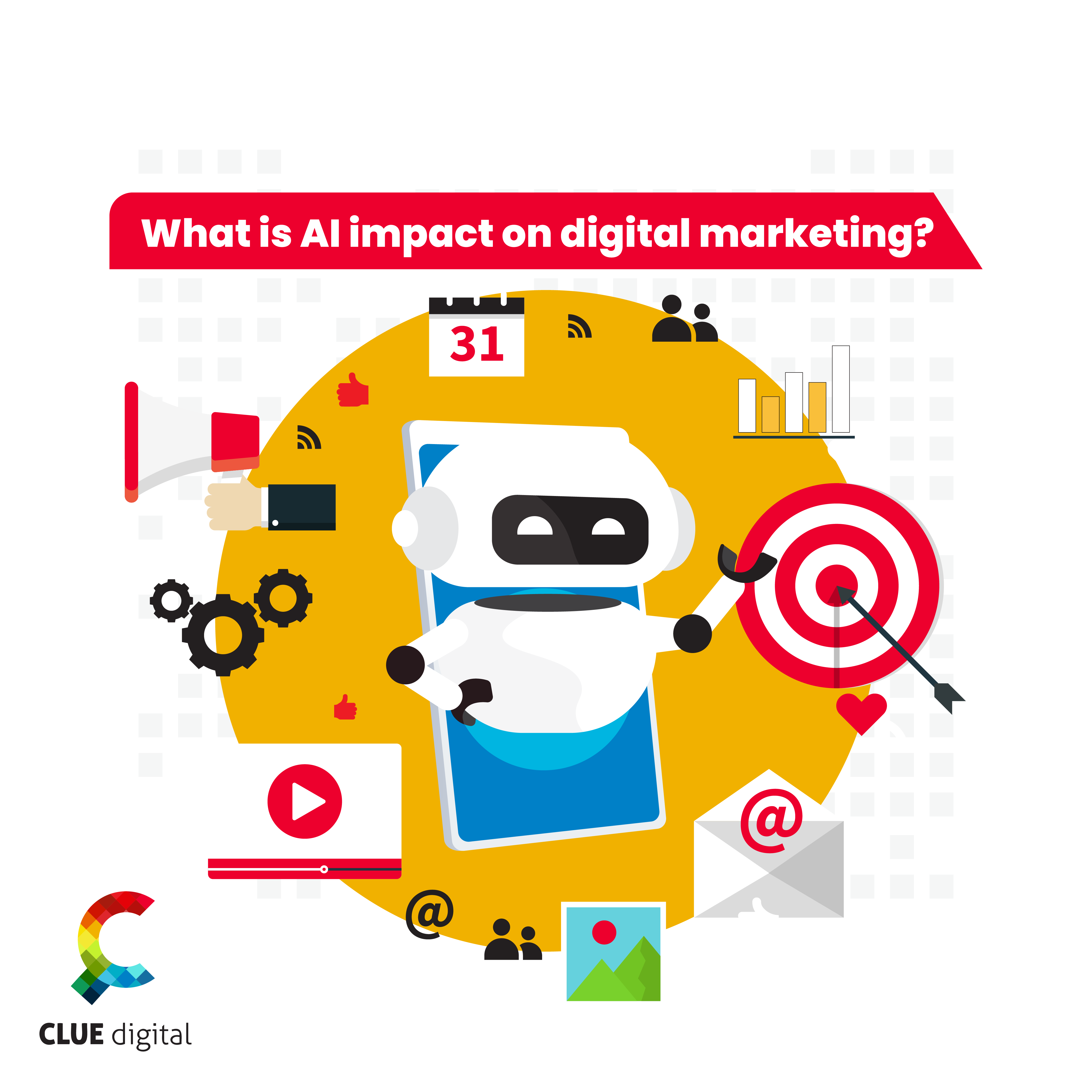
Did Facebook Organic Reach Change in 2021?
Before answering this question, we have to understand that there are 4 factors that affects Facebook algorithm; recency, popularity, content type, and relationship. According to hootsuite lastest article, Facebook determines which posts show up in your News Feed, and in what order according to these factors. When you open up Facebook, that process happens in the background in just the second it takes to load your News Feed.
Simply instead of presenting every available Facebook post in chronological order, the Facebook algorithm evaluates every post, scores it, and then arranges it in descending order of interest for each individual user. This process happens every time a user—and there are 2.7 billion of them—refreshes their newsfeed.
The Facebook algorithm isn’t static; it is constantly changing. To make its predictions, the algorithm uses thousands of data points. Over the years, ranking signals have been added, removed, and had their importance adjusted, depending on what Facebook thinks users want to see.
Today, most brands about 75% fully understand the need to strike the optimal balance between file size and quality, and 69% of them rely on automatic format selections to ensure the best format is delivered.
Let’s look at some benchmarks
At the end of 2019, the average reach for an organic Facebook post it was 5.5%, and at the end of 2020, organic reach is down to 5.2%. Meanwhile, the average engagement rate in 2020 for an organic Facebook post was 0.25%. That number drops to 0.08% for accounts with more than 100k followers.
How does the Facebook Algorithm work?
- First, Facebook takes every post available in a user’s network , and scores those posts according to ranking signals, like type of post, recency…. etc
- Next, it discards posts that a user is unlikely to engage with, based on that user’s past behavior. It also reduces content that users don’t want to see or content that they’ve indicated they don’t like.
- Then, it runs a “more powerful neural network” over the remaining posts to score them in a personalized way. (For example: Mona is 20% likely to watch tutorial videos from her chess Group, but 95% likely to post a heart reaction to a photo of her sister’s new puppy) and ranks them in order of value.
- And finally, it arranges a nice cross-section of media types and sources so that a user has an interesting variety of posts to scroll through.
So, what does this tell us about which factors get a post to the top of the feed? The answer is that it depends on whose feed we’re talking about. So when it comes to earning more organic reach, the Facebook algorithm will reward you for posting content that people engage with.

Let’s Take a look about Facebook Algorithm Ranking Signals in 2021
Of course, most of these signals require that Facebook track its users’ behavior. Which is where the privacy vs. personalization debate comes up.
Stay tuned for our next article tackling 11 tips for working with the Facebook Algorithm
Written by Marwa Medhat





